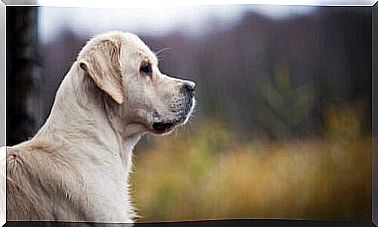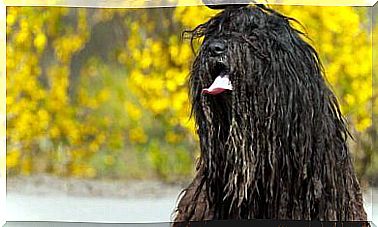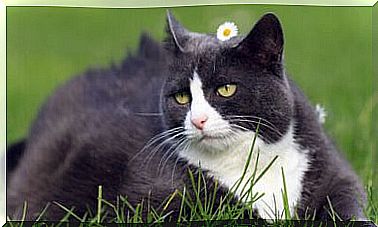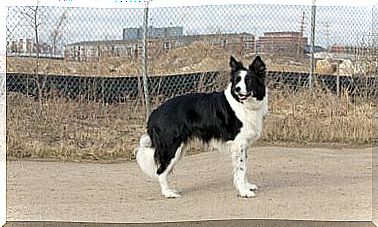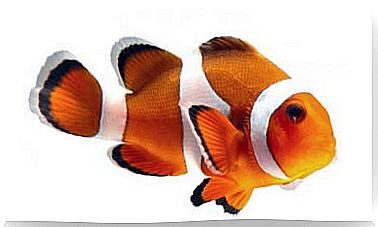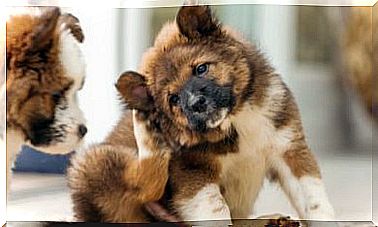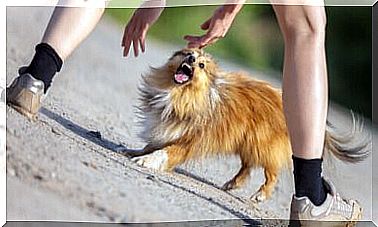Wallaby: Meet This Marsupial
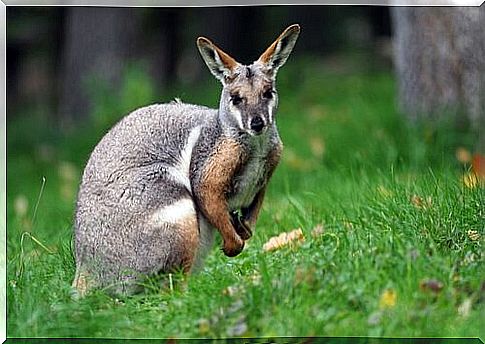
The wallaby is a mammal that belongs to the Macropus genus and the Macropodidae family . Despite belonging to the kangaroo family, the wallaby is too small to be considered one of them.
There are approximately 30 species classified under this name. Next, we will see some characteristics so that we can get to know these marsupials better.
Physical characteristics
The wallaby is a small animal. Measures between 70 and 90 centimeters not counting the tail, which is about 70 centimeters, its weight varies between 25 and 35 kilos.
Males are larger than females and the size and weight of this marsupial varies depending on its geographic location.
Their coat is usually black, gray, brown or white. The front of your body is almost always white; the ears, eyes and legs are darker and its head is elongated.
Like all marsupials, the female has a bag in which she carries her young.
The hind legs of this animal are very large and have four toes. Thanks to those huge legs, he can jump great distances and kick hard during fights.
Its front legs are much shorter and have five toes, with powerful claws. The wallaby has a surprisingly long tail, which helps it balance when it moves.
It has a very interesting stomach, with compartments where fermentation takes place.
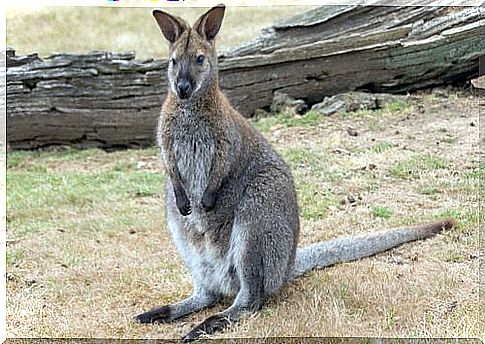
Wallaby’s lifestyle
The wallaby is a shy and very curious animal. It’s usually quiet, but very suspicious. In general, he is not aggressive, but if under threat he can kick hard with his hind legs.
Its natural habitat is the savannah, the mountain or rocky areas and the jungle. It is found mainly in Australia and, to a lesser extent, in Tasmania and New Guinea.
The wallaby usually sleeps longer during the day, especially in the hottest hours, and goes out to feed at night.
Most wallaby species are very sociable and live in groups. In the dry season, they gather around a water source.
In case of danger, they usually seek shelter and hide. If they have to defend themselves, they will fight without rest.
It is a very emotionally expressive animal. You can show a lot of pain in certain situations, such as when you lose your children.
When they feel threatened, they often alert their companions with shrill noises made with their hind legs or tail.
food
Wallaby is mainly herbivore. Their diet consists of fruits, leaves, herbs, roots, vegetables and even small shrubs.
The natural environment in which they live does not usually have much water, so they are forced to travel long distances to obtain it. They are also hydrated through food.
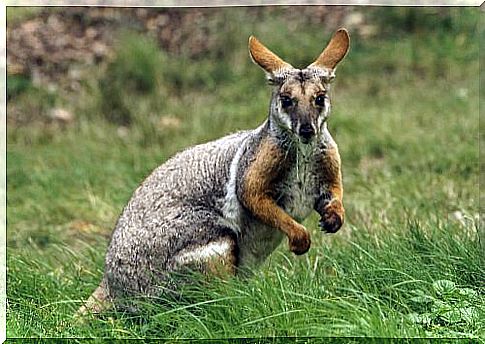
In some regions, these animals feed in urban areas. They have become a real pest as they repeatedly destroy crops.
reproduction
Mating occurs from the age of one, between December and February. The gestation period lasts 30 days and, in general, a single offspring is born.
At birth, little wallabies are very helpless and immediately seek out their mother’s purse for protection.
They stay in the stock exchange for a maximum period of seven months. Sometimes they leave and re-enter it when they are afraid or threatened.
Mother and baby develop a very strong bond. She even allows her older children to be by her side, even if they have newborn babies.
Her body is so extraordinary that she is able to produce two types of milk, one for the newborn and one for the elderly.
Differences between wallaby and kangaroo
Although many people confuse or think that the wallaby is nothing more than a very small kangaroo, they are two animals with different characteristics.
Kangaroo legs are longer and teeth are different. The coat color of the wallaby is more vivid and has different shades, while that of the kangaroo is more uniform.
Finally, kangaroos live much longer (20-25 years compared to wallaby’s 11-15). Visually, it’s easy to tell them apart: wallabies are smaller in size compared to kangaroos.
